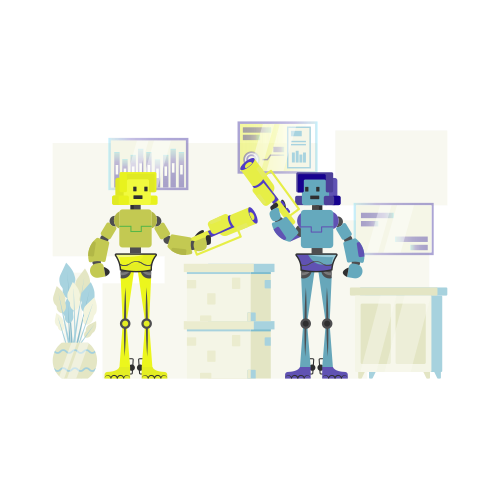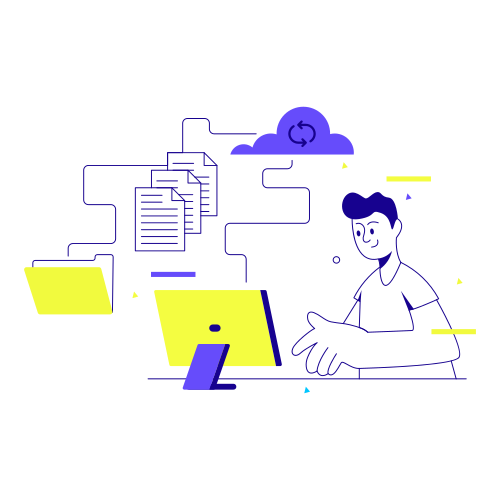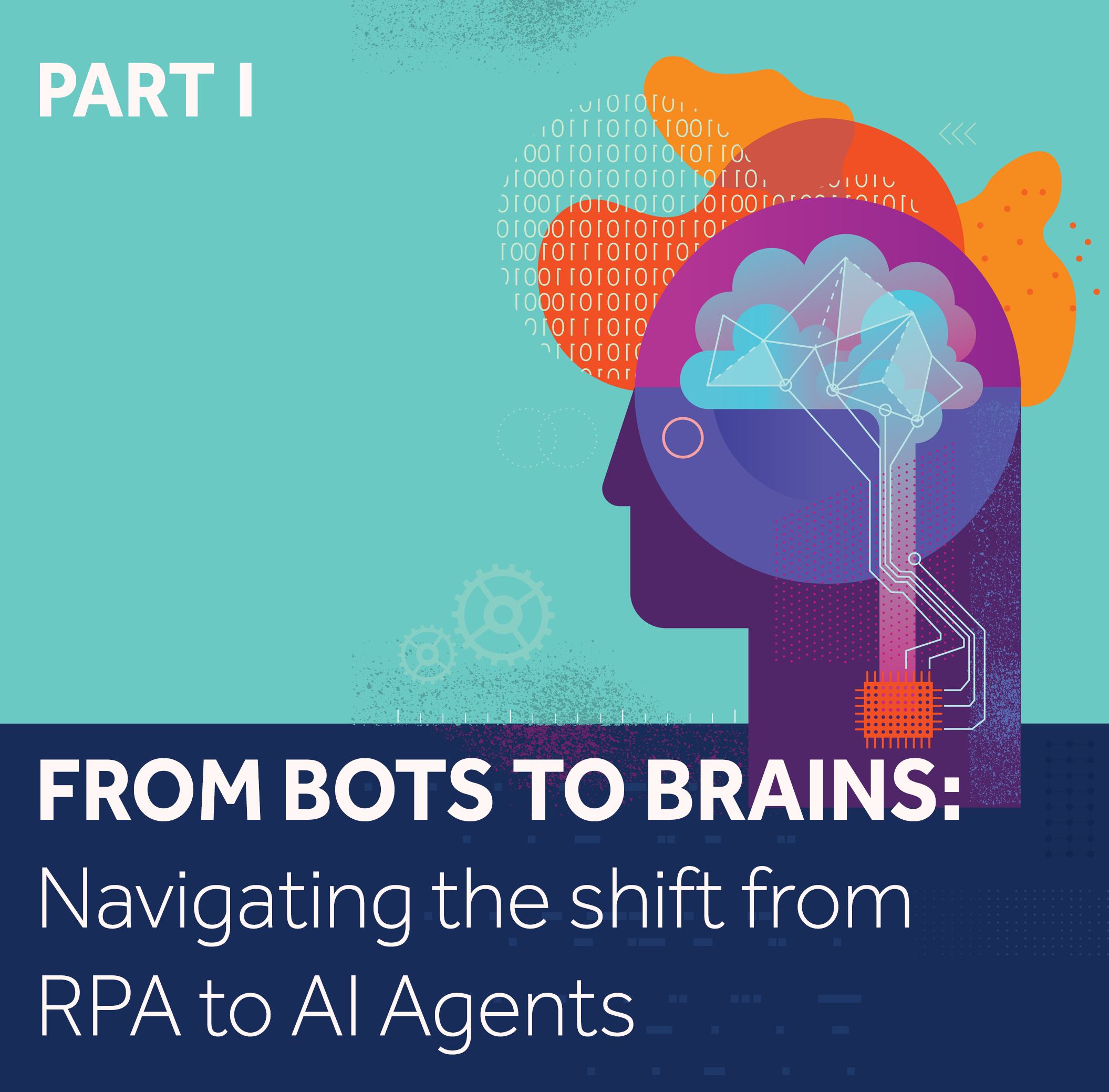When Does It Make Sense to Use AI Agents in Enterprise Automation?
Agentic AI—AI agents with autonomy, memory, and the ability to reason—has officially arrived in the enterprise automation space. And with it comes a big question that’s sitting on a lot of C-suite whiteboards:
Where do AI agents actually fit into our business operations?
It’s a fair question. After all, not every process needs the cognitive firepower of an AI agent. So how do you know when it makes sense to bring one in?
The Sweet Spot for AI Agents
AI agents are particularly useful when processes require:
-
Autonomy – the ability to make decisions without constant human oversight
-
Multi-system orchestration – like pulling from Salesforce, inputting into SAP, and emailing stakeholders, all in one flow
-
Dynamic reasoning – adjusting decisions based on changing inputs, such as fluctuating compliance rules or real-time customer sentiment
Think beyond linear task automation. This is about systems that can understand context, make judgment calls, and adapt on the fly. Some classic examples where this starts to click:
-
Customer service triage: Routing or resolving requests based on history, tone, and urgency
-
Compliance automation: Identifying risks or breaches by interpreting documents, transactions, and context
-
Supply chain management: Dynamically adjusting delivery schedules based on traffic, weather, and stock
But even with all that possibility, here’s the twist most folks aren’t talking about…
You Don’t Need to Start from Scratch
There’s a perception that adopting agentic AI means starting from zero—rewriting everything, building new infrastructure, and hoping the agent doesn’t go rogue. But most enterprises already have a massive (and expensive) automation estate running in the background.
As one of our team members put it in a recent conversation:
“You’ve got five years’ worth of bots running over there generating heat, doing work. Doesn’t it make sense to connect that to the agent?”
Yes. Yes it does.
How Blueprint Helps
This is where Blueprint steps in. We give AI agents the visibility and understanding they need to safely and effectively orchestrate your existing RPA bots. That means:
-
Extracting usable context from your automations
-
Automatically generating documentation
-
Enabling traceable, rule-based interaction points
With Blueprint, agents can be trained on your business logic—not just abstract frameworks.
The Bottom Line
AI agents are a great fit when:
✅ The task involves dynamic, multi-system decision-making
✅ You want to reduce human oversight
✅ You already have RPA investments and want to expand ROI
✅ You need orchestration—not just automation
Before you build from scratch, look behind you. Your bots are already working. Your investment is already made. Let your agents build on that foundation.
Want to learn more about the convergence of Agentic AI and Automation? Register to attend our upcoming expert roundtable. Smarter, Faster, Riskier? Rethinking Automation in the Age of Agentic AI.
Share this
Recent Stories

Governance for AI Agents: How to Keep Autonomy from Becoming Anarchy

Agentic AI Isn’t Ready to Run the Show, But Blueprint Helps It Get There


